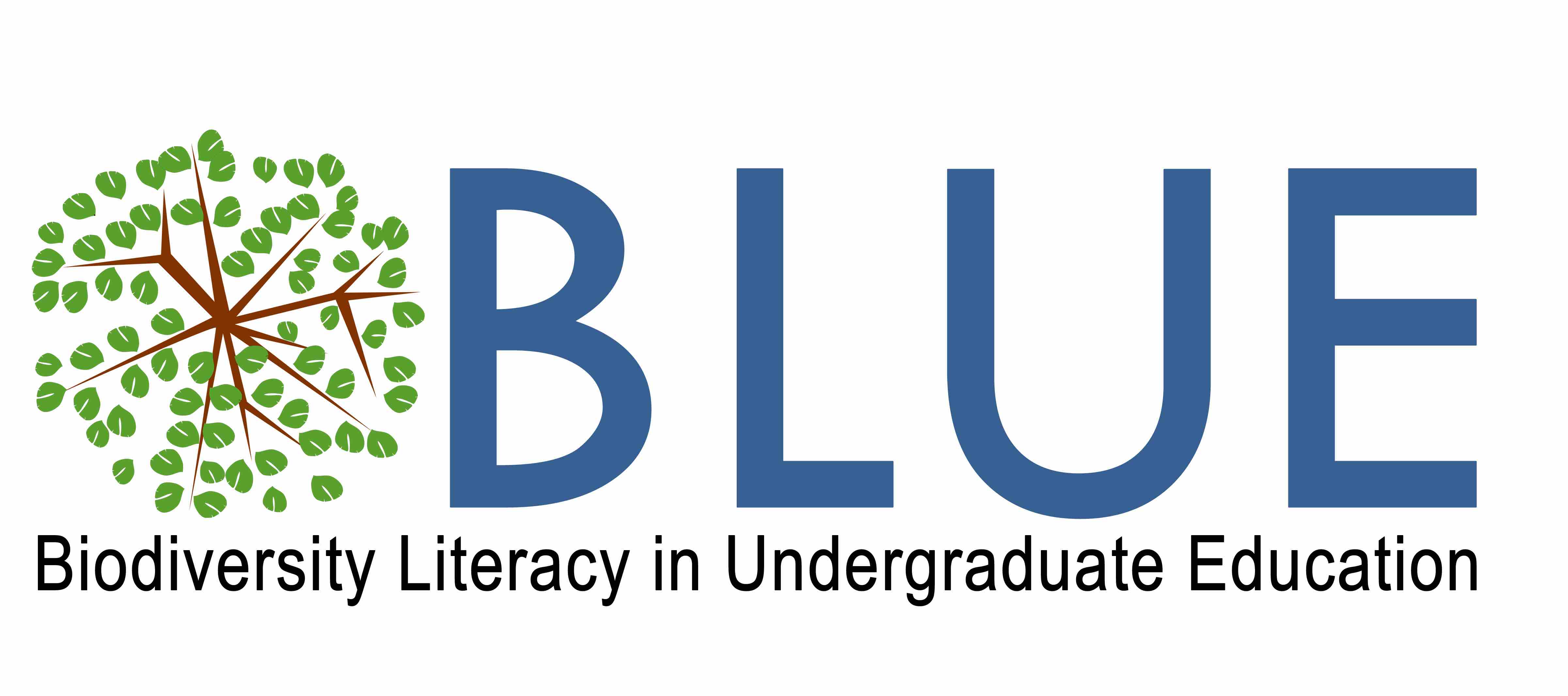Data is the New Science - Modified and combined with Following the Data Module
Author(s): Darlene Panvini
Belmont University
1466 total view(s), 757 download(s)
Data is New Science modified Fall 2019 Panvini.docx(DOCX | 3 MB)
GBIF User Guide.docx(DOCX | 3 MB)
Following the Science Data is the New Science modified Fall 2019 Panvini.pptx(PPTX | 4 MB)
IDigBio User Guide.docx(DOCX | 2 MB)
- License terms
Description
There is a changing landscape for those joining the 21stcentury workforce. Rapid advances in data research and technology are transforming how we conduct science. The volume and variety of data being generated, the increased accessibility of data for aggregation, the improved discoverability of data, and the increasingly collaborative and interdisciplinary nature of scientific research are driving the need for new skill sets to address scientific issues of critical national and global importance.
The biodiversity sciences have experienced a rapid mobilization of data that has increased capacity to investigate large-scale issues of critical importance (e.g., climate change, zoonotic disease, resource management, invasive species, and biodiversity loss). In order to investigate these types of questions, the 21stcentury biodiversity scientist must be fluent in integrative fields spanning evolutionary biology, systematics, ecology, geology, genetics, biochemistry, and environmental science and possess the quantitative, computational, and data skills to conduct research using large and complex datasets.
In this module, students will be introduced to some emerging biodiversity data resources. They will be asked to think critically about the strengths and utility of these data resources and then encouraged to think beyond the obvious to how these data could be used to answer big science questions.
Students completing this module will be able to:
|
Define and apply these terms: occurrence data, specimen-based data, observation-based data, data standards. |
|
Describe how researchers and citizen scientists build large, open data sets. |
|
Explain how researchers use different types of databases and large open data sets to create knowledge and understanding to answer research questions. |
|
Access data from biodiversity digital data repositories. |
|
Use geo-spatial data to inform biological thinking. |
|
Create and interpret a graph using data obtained from digital data resources. |
|
Explain how morphology, behavior, and physiology of a species can impact another species in a co-evolutionary relationship. |
|
Describe some of the advantages and limitations of using large data sets, including specimen-based and observation-based data sets, to answer research questions. |
Notes
Taught “Following the Data” and “Data is the New Science” modules in a 3-hour lab section.
· Following the Data: Used the Powerpoint presentation to cover the background information and brainstorm hypotheses with students working in groups. Watched the video and asked students to complete Activity 2 (copied it as a 2-page handout).
· Data is the New Science: Used the Powerpoint presentation to introduce this module. Students worked in pairs to complete Activities 1-5 (modified questions on activity 2 and Activity 3).
· Returned to Powerpoint to brainstorm with students about the use and challenges of open, collaborative data sets and the role of citizen science.
Cite this work
Researchers should cite this work as follows:
- Panvini, D. (2020). Data is the New Science - Modified and combined with Following the Data Module. Fall 2019 BLUE FMN, QUBES Educational Resources. doi:10.25334/RN01-VX30
